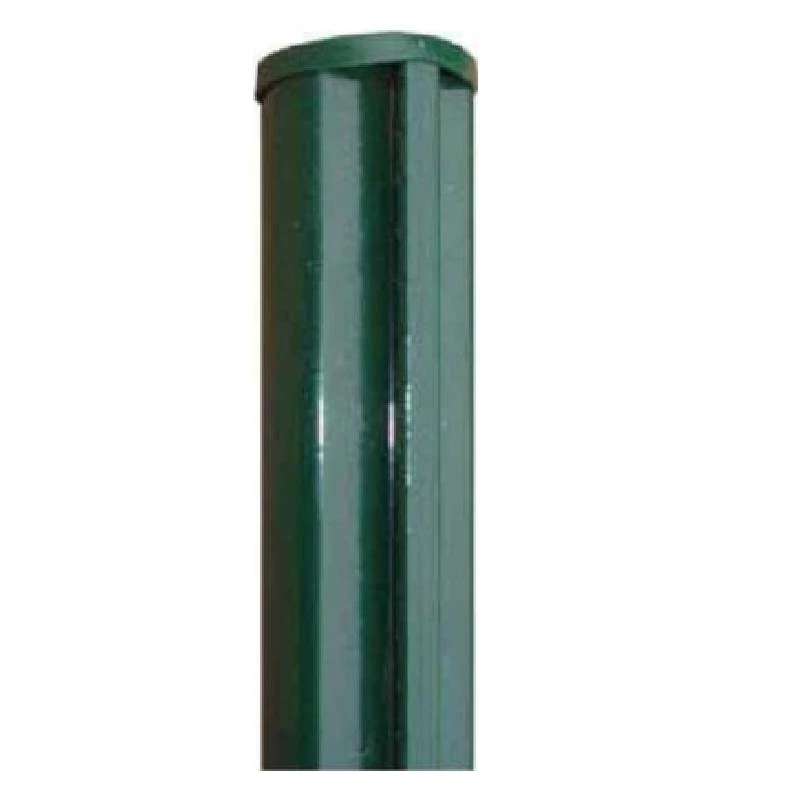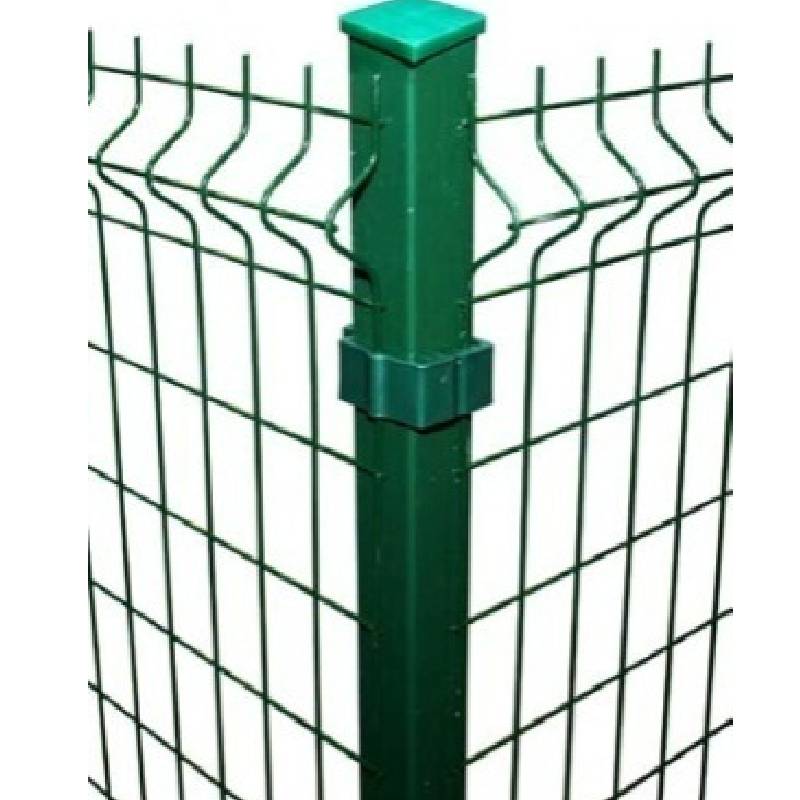-
E-mail:zhao@hyliec.cn
-
Tel:+86 311 85273988
-
WhatsApp:8613931128750
-
 Africanu
Africanu -
 Albanese
Albanese -
 Amaricu
Amaricu -
 Arabu
Arabu -
 Armenu
Armenu -
 Azerbaijani
Azerbaijani -
 Vascu
Vascu -
 Belarusian
Belarusian -
 Bengali
Bengali -
 Bosniacu
Bosniacu -
 Bulgaru
Bulgaru -
 Catalanu
Catalanu -
 Cebuanu
Cebuanu -
 Corsu
Corsu -
 Cruatu
Cruatu -
 Ceccu
Ceccu -
 Danese
Danese -
 Ulandesa
Ulandesa -
 Inglese
Inglese -
 Esperantu
Esperantu -
 Estone
Estone -
 Finlandese
Finlandese -
 Francese
Francese -
 frisone
frisone -
 Galizianu
Galizianu -
 Georgianu
Georgianu -
 Tedescu
Tedescu -
 Grecu
Grecu -
 Gujarati
Gujarati -
 Creolu Haitianu
Creolu Haitianu -
 Hausa
Hausa -
 Hawaiianu
Hawaiianu -
 Ebraicu
Ebraicu -
 Innò
Innò -
 Miao
Miao -
 Ungherese
Ungherese -
 Islandesu
Islandesu -
 igbo
igbo -
 Indonesianu
Indonesianu -
 Irlandese
Irlandese -
 Talianu
Talianu -
 Ghjappunese
Ghjappunese -
 Giavanese
Giavanese -
 Kannada
Kannada -
 Kazakh
Kazakh -
 Khmer
Khmer -
 Rwanda
Rwanda -
 Coreanu
Coreanu -
 Curdu
Curdu -
 Kyrgyz
Kyrgyz -
 TB
TB -
 Latinu
Latinu -
 Lettone
Lettone -
 Littuanianu
Littuanianu -
 Lussemburghese
Lussemburghese -
 Macedone
Macedone -
 Malgashi
Malgashi -
 Malese
Malese -
 Malayalam
Malayalam -
 Maltese
Maltese -
 Maori
Maori -
 Marathi
Marathi -
 Mongolianu
Mongolianu -
 Birmania
Birmania -
 Nepalese
Nepalese -
 Novegese
Novegese -
 Novegese
Novegese -
 Occitanu
Occitanu -
 Pashto
Pashto -
 Persianu
Persianu -
 Pulaccu
Pulaccu -
 Portughese
Portughese -
 Punjabi
Punjabi -
 Rumenu
Rumenu -
 Russu
Russu -
 Samoan
Samoan -
 gaelicu scozzese
gaelicu scozzese -
 Serbianu
Serbianu -
 Inglese
Inglese -
 Shona
Shona -
 Sindhi
Sindhi -
 Sinhala
Sinhala -
 Sluvaccu
Sluvaccu -
 Sluvenu
Sluvenu -
 Somalianu
Somalianu -
 Spagnolu
Spagnolu -
 Sundanese
Sundanese -
 Swahili
Swahili -
 Svedese
Svedese -
 Tagalog
Tagalog -
 Tajik
Tajik -
 Tamil
Tamil -
 Tatar
Tatar -
 Telugu
Telugu -
 Thai
Thai -
 Turcu
Turcu -
 Turchmennu
Turchmennu -
 Ucrainu
Ucrainu -
 Urdu
Urdu -
 Uighur
Uighur -
 Uzbek
Uzbek -
 vietnamita
vietnamita -
 gallese
gallese -
 Aiutu
Aiutu -
 Yiddish
Yiddish -
 Yoruba
Yoruba -
 Zulu
Zulu
Postu di scherma
What Type Of Fence Post Is Best?
The best type of fence post depends on various factors such as the type of fence, local climate, soil conditions, and personal preferences. Common options for fence posts include:
1. Round steel posts: Round steel posts are a traditional and versatile choice, suitable for various fence types. They can be treated to resist rot and decay, but may require maintenance over time.
2. Square steel posts and rabbet posts offer durability and strength, making them suitable for supporting heavy or high-security fences. They are resistant to rot and insect damage.
3. Steel round posts/ square posts/ rabbet with base plate: They are suitable to install on the concrete ground, and fixed by concrete nails.
What Size Is A Fence Post?
Fence posts come in various sizes, typically having Φ32 Φ34 Φ38 Φ48 Φ60 Φ80 for round steel posts and 40x40 60x60 40x60 60x60 80x80 100x100 etc for square tube posts in dimension. The specific size of a fence post depends on the type of fence being installed, the height and weight of the fence panels, and the local building codes or regulations. It's important to select the appropriate size of fence post to ensure stability and structural integrity for the specific fencing project. Consulting with a professional or referring to local building codes can provide guidance on the recommended size of fence posts for a particular application.
Fence Post FAQ:
What type of fence post is best?
The best type of fence post depends on various factors such as the type of fence, local climate, soil conditions, and personal preferences. Common options for fence posts include round steel posts, square steel posts and rabbet steel posts, posts with base plate or without base plate. Each type has its own advantages and considerations, so it's important to choose the most suitable option based on the specific requirements of the fence project.
What size is a fence post?
Fence posts come in various sizes, typically typically having Φ32 Φ34 Φ38 Φ48 Φ60 Φ80 for round steel posts and 40x40 60x60 40x60 60x60 80x80 100x100 etc for square tube posts in dimension. The specific size of a fence post depends on the type of fence being installed, the height and weight of the fence panels, and local building codes or regulations. It's important to select the appropriate size of fence post to ensure stability and structural integrity for the specific fencing project.
How to install a panel fence?
Paneling a fence involves several steps, including measuring and planning, installing the posts, attaching the panels, adding finishing touches, and performing regular maintenance. It's important to follow the manufacturer's instructions and local building codes when paneling a fence to ensure proper installation and compliance with regulations. If in doubt, it's advisable to consult with a professional or seek guidance from experienced individuals.






